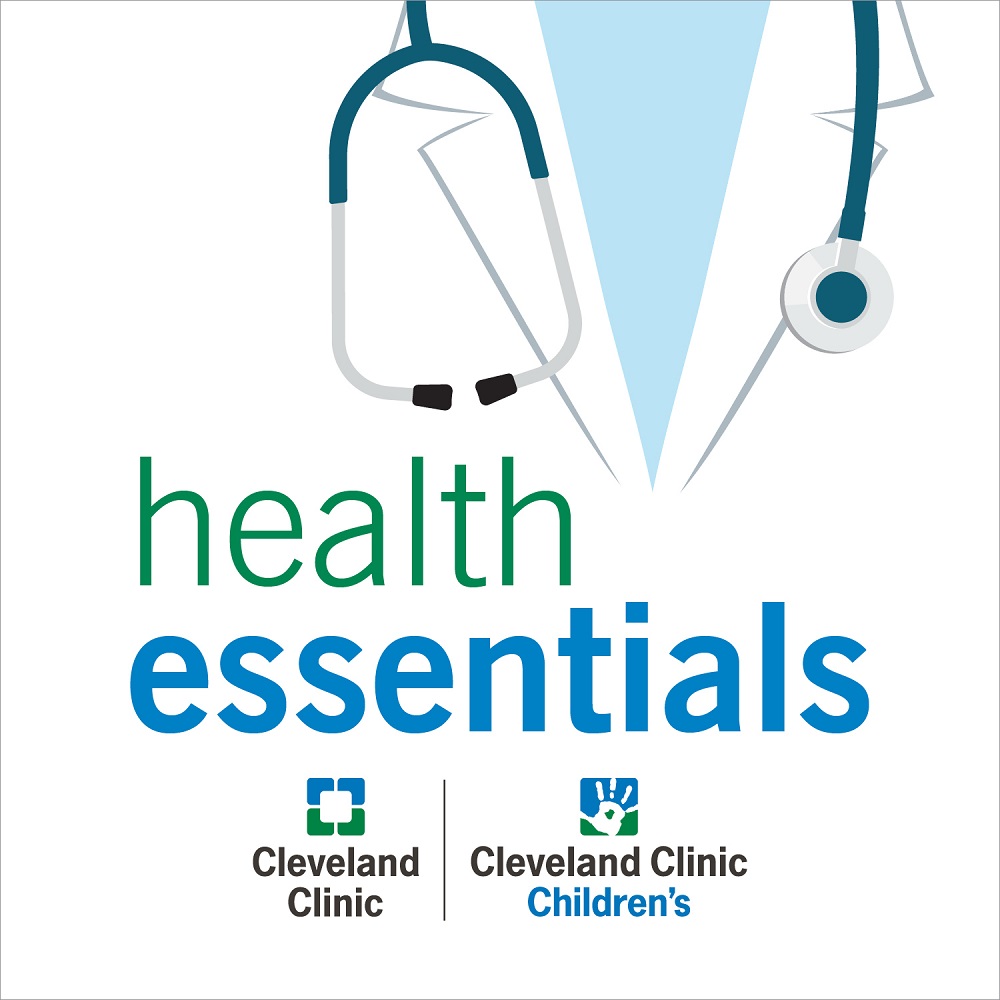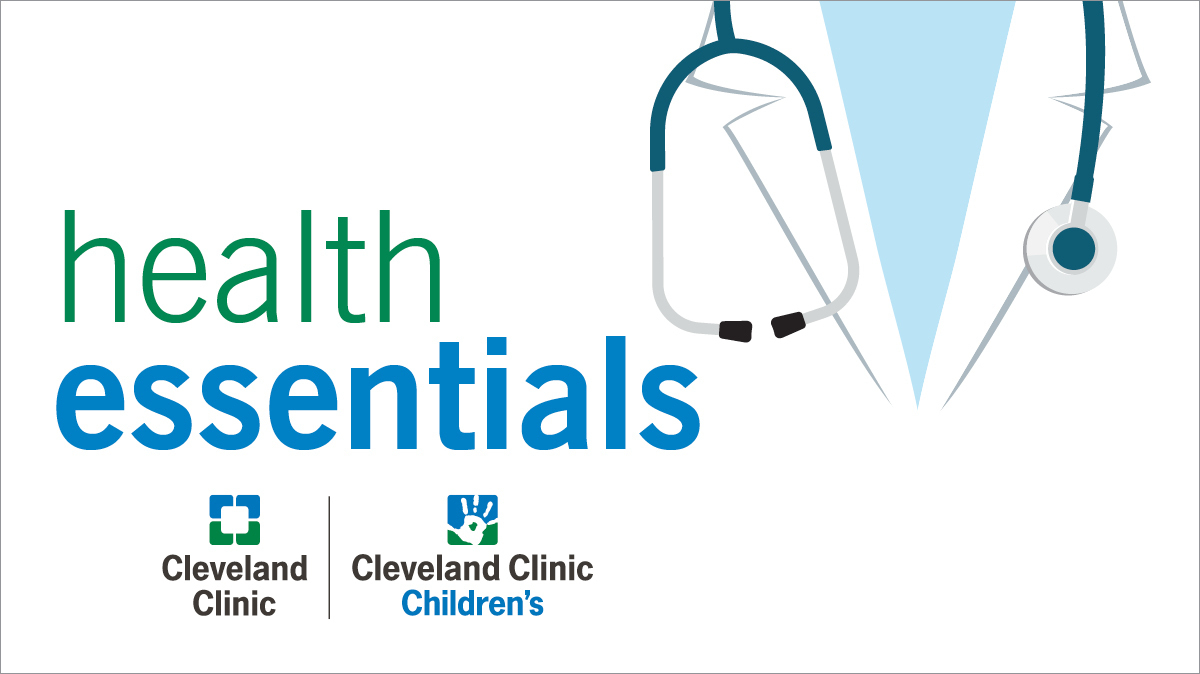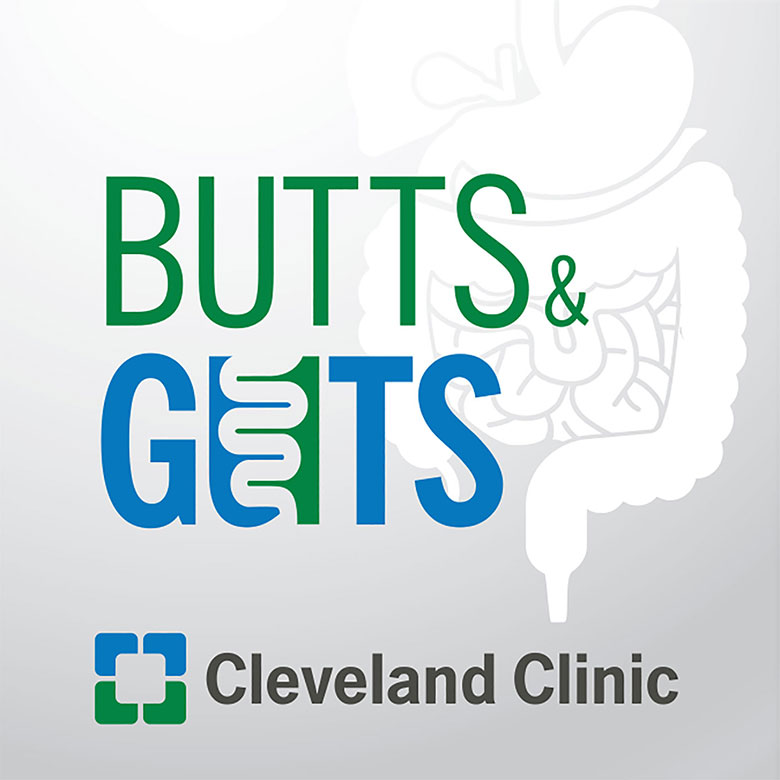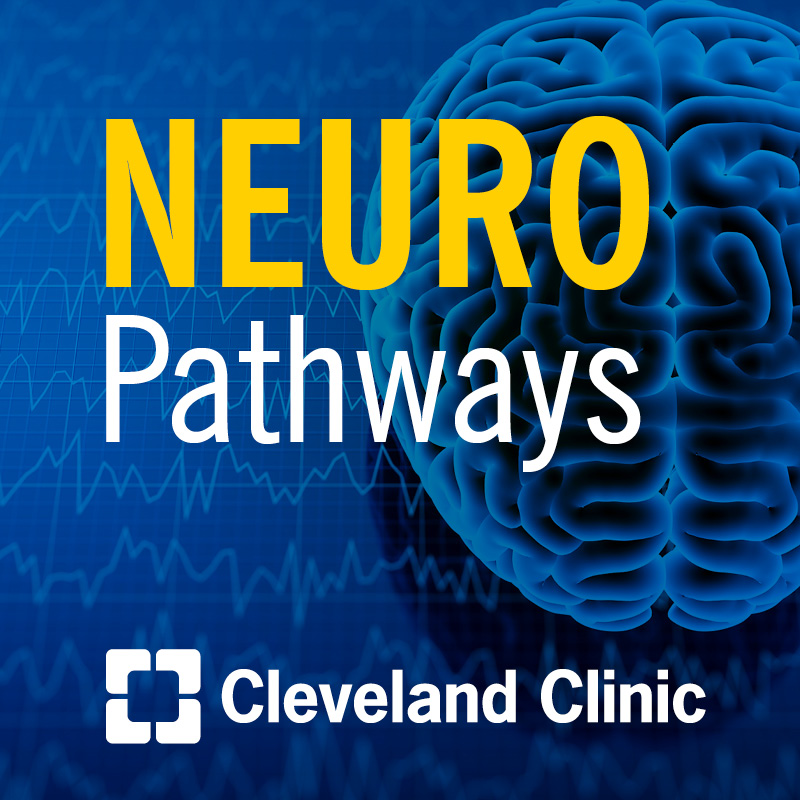
Health Essentials
Tune in for practical health advice from Cleveland Clinic experts. What's really the healthiest diet for you? How can you safely recover after a heart attack? Can you boost your immune system?
Cleveland Clinic is a nonprofit, multispecialty academic medical center that's recognized in the U.S. and throughout the world for its expertise and care. Our experts offer trusted advice on health, wellness and nutrition for the whole family.
Our podcasts are for informational purposes only and should not be relied upon as medical advice. They are not designed to replace a physician's medical assessment and medical judgment. Always consult first with your physician about anything related to your personal health.
Subscribe:

Featured Episode
What to Do During a Heart Attack with Jacqueline Tamis-Holland, MD
If you or someone with you experiences a heart attack, how you respond could mean the difference between life and death. In this podcast, cardiologist Jacqueline Tamis-Holland explains how to make every second count.
Play NowAll Health Essentials Episodes
August 13, 2025
Nutrition Essentials | How Diet Can Be Used to Manage PCOS with Kathryn Goebel, MD
Polycystic ovary syndrome, or PCOS, is described as causing metabolic chaos. Adjusting what you eat may balance your system to help manage the condition. Listen in as Ob/Gyn Kathryn Goebel and registered dietitian Julia Zumpano explain the connection between diet and PCOS.
Play NowAugust 6, 2025
What Happens During a Cardiac Stress Test? with Wael Jaber, MD
A cardiac stress test is a monitored workout to see how your heart handles extra demands. How your ticker responds may reveal whether you have a heart issue that needs attention, as cardiologist Wael Jaber explains in this podcast.
Play NowJuly 30, 2025
Does Acupuncture Work? with Tim Sobo, LAc
Why would anyone willingly get stuck with needles? There are lots of good reasons, actually, which explains why acupuncture has been around for 3,000+ years. Listen in as licensed acupuncturist Tim Sobo explains what the treatment might be able to do for you.
Play NowJuly 23, 2025
Exercising Outdoors with Asthma with Neha Solanki, MD
Asthma does not have to be a barrier to exercising outside. It's just a different obstacle to overcome. Listen in as pulmonologist Neha Solanki offers tips to manage the condition so you can make the world your training ground.
Play Now

